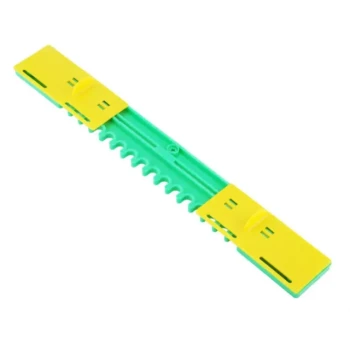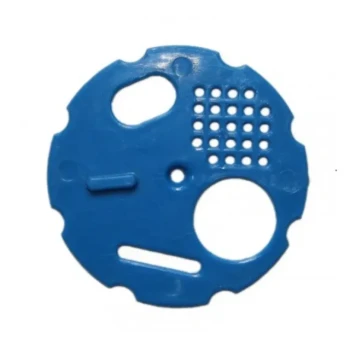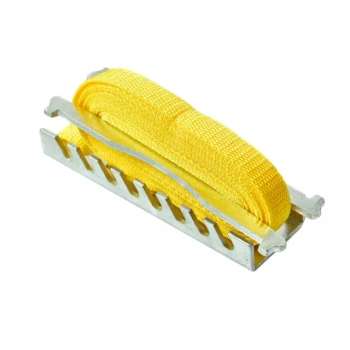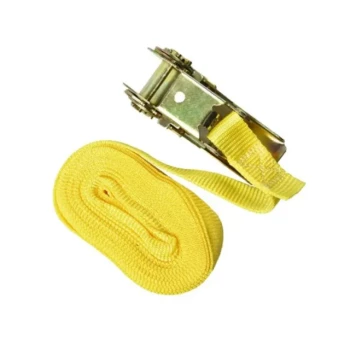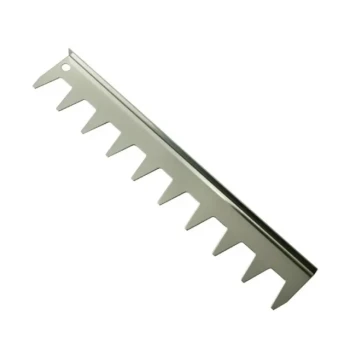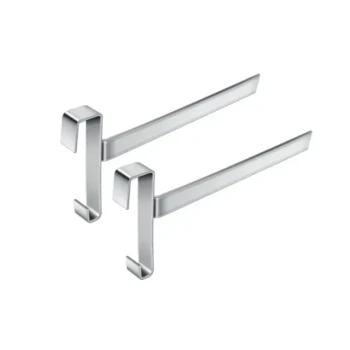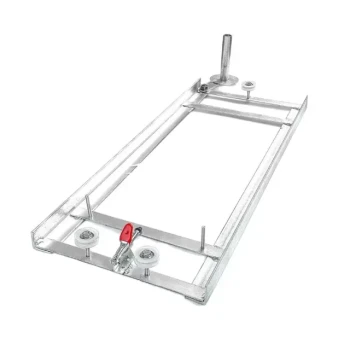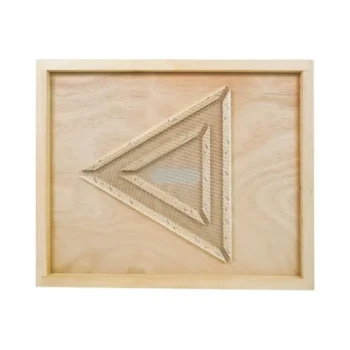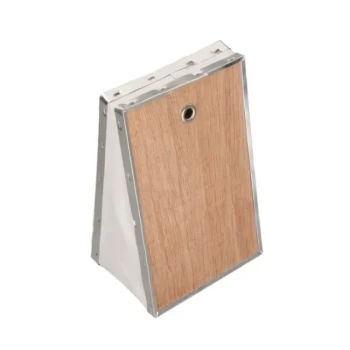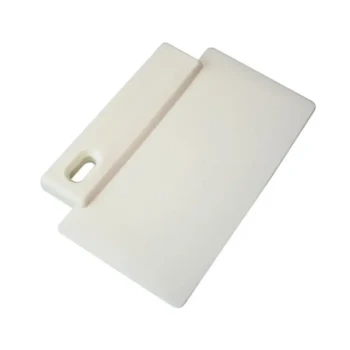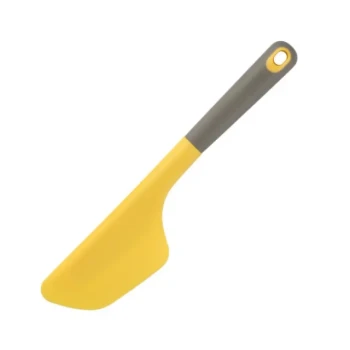Beekeepers face a critical design challenge: hive entrances must facilitate airflow while protecting colonies from pests and temperature extremes. This guide examines the science behind entrance sizing, offering data-backed strategies to optimize hive microclimates for your apiary’s unique conditions.
The Physics of Hive Ventilation
Airflow Dynamics and Pressure Regulation
Hives function as living wind tunnels. Bees generate heat through metabolic activity, creating convection currents that draw fresh air through the entrance and expel stale air through upper vents. Research shows:
- Smaller entrances (under 2 square inches) increase air velocity, improving CO2 removal but may cause worker congestion
- Larger openings (over 5 square inches) reduce fanning effort but compromise thermal regulation in cooler months
A 3-year apiary study revealed colonies with moderately restricted entrances (2.5-3.5 sq in) maintained 15-20% more consistent internal temperatures than fully open hives.
Humidity Control and Gas Exchange
The entrance serves as the colony’s "respiratory system":
- Winter: Condensation risks escalate when relative humidity exceeds 70% inside the hive. Narrower openings help retain heat while allowing minimal moisture escape.
- Summer: Wider configurations prevent lethal heat buildup—bees expend 30-40% less energy cooling hives with adequate cross-ventilation.
Pro Tip: Observe wax deposition patterns near entrances. Heavy propolis buildup often signals inadequate airflow.
Practical Implications of Entrance Sizing
Seasonal Adjustments for Temperature Stability
| Season | Recommended Size | Purpose |
|---|---|---|
| Spring | 3-4 sq in | Supports foraging surges while deterring early pests |
| Summer | 4-5 sq in | Prevents heat stress during nectar flows |
| Fall | 2-3 sq in | Slows robbing behavior as resources dwindle |
| Winter | 1-2 sq in | Maintains thermal mass with reduced bee activity |
Beekeepers in northern climates report 22% higher overwintering success when implementing graduated entrance reducers compared to static openings.
Mitigating Pests Without Compromising Ventilation
Varroa mites exploit ventilation gaps—but the relationship isn’t linear:
- Small entrances (1.5-2 sq in) force bees to groom more intensely, removing 18-25% more phoretic mites
- Over-restriction triggers stress behaviors that may increase mite reproduction in brood cells
A balanced approach:
- Use 3/8" hardware cloth screens during active seasons
- Install robbing barriers when neighboring colonies show disease symptoms
- Rotate entrance orientations to disrupt predator navigation
Case Studies and Expert Recommendations
Beekeeping in Humid vs. Arid Climates
Gulf Coast Apiaries (High Humidity)
- Optimal entrance: 2.5 sq in with upper ventilation
- Result: 60% fewer instances of chalkbrood versus fully open hives
Southwestern Desert Keepers (Low Humidity)
- Optimal entrance: 4 sq in with shade extensions
- Result: 35% higher honey yields during extreme heat events
Data-Driven Entrance Size Guidelines
After analyzing 120 commercial operations, researchers established these benchmarks:
- Nucs & Swarms: 1.5-2 sq in until colony fills 8 frames
- Production Hives: 3-4 sq in during peak flow
- Overwintering Colonies: 1.5 sq in with mouse guards
Ready to Optimize Your Hive’s Performance?
HONESTBEE’s precision-engineered entrance reducers help commercial apiaries and distributors balance ventilation with pest control. Our wholesale solutions are designed by beekeepers, for beekeepers—because healthy hives start with smart design. Contact our team for volume pricing on seasonally adaptable entrance systems.
Remember: The best entrance size is the one your bees don’t notice—when airflow, security, and temperature exist in perfect harmony.
Visual Guide
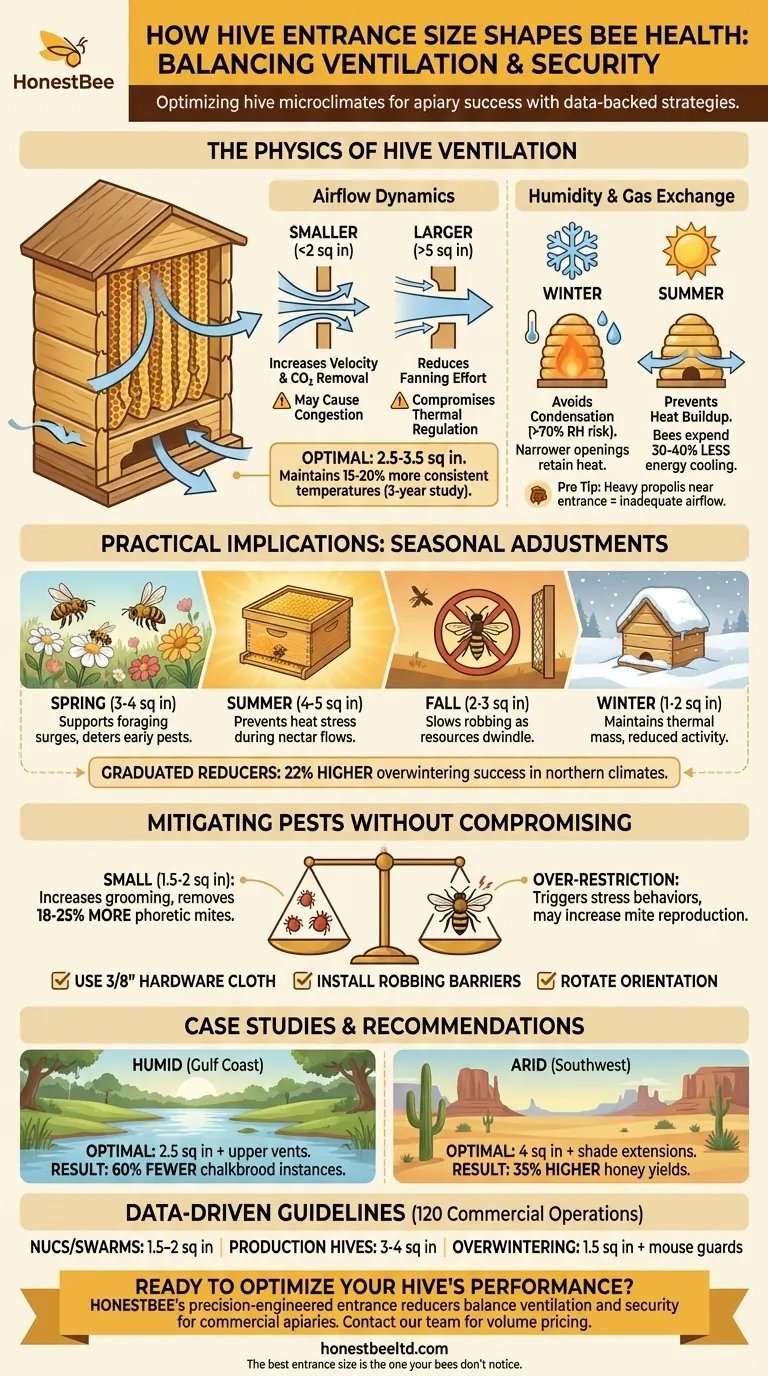
Related Products
- Beehive Entrance Reducer Guardian Metal Hive Entrance for Bees
- Multi-Functional Sliding Hive Entrance for Beekeeping
- Multi-Functional Rotary Hive Entrance Disc for Beekeeping
- Beehive Entrance Discs Plastic Bee Entrance Disc for Bee Hives
- Professional Galvanized Hive Strap with Secure Locking Buckle for Beekeeping


